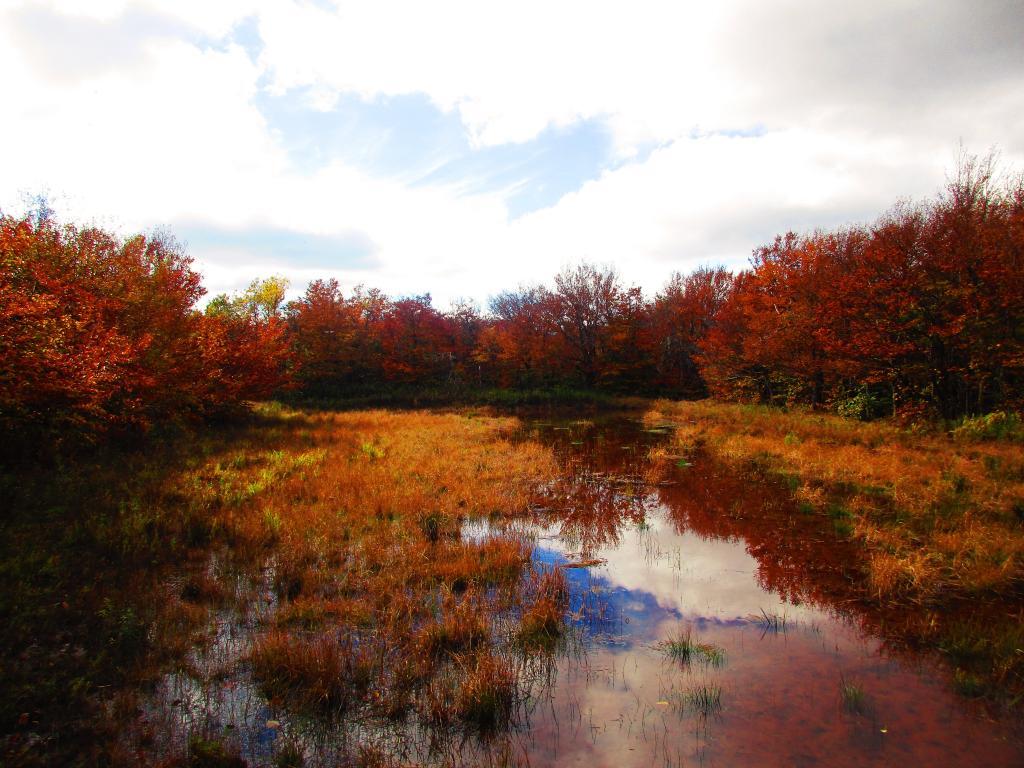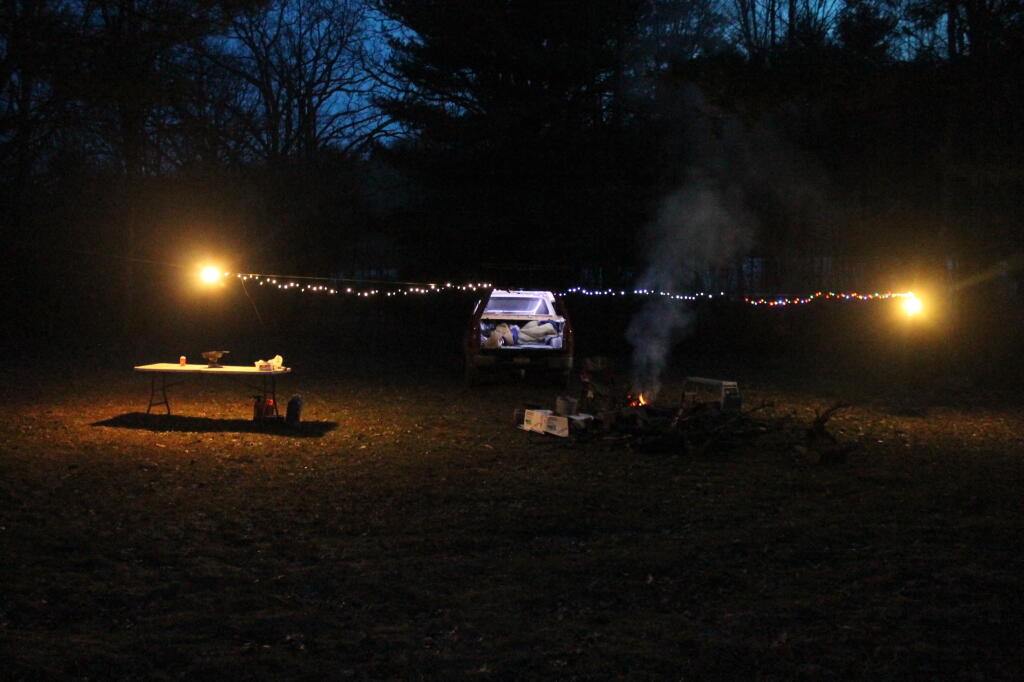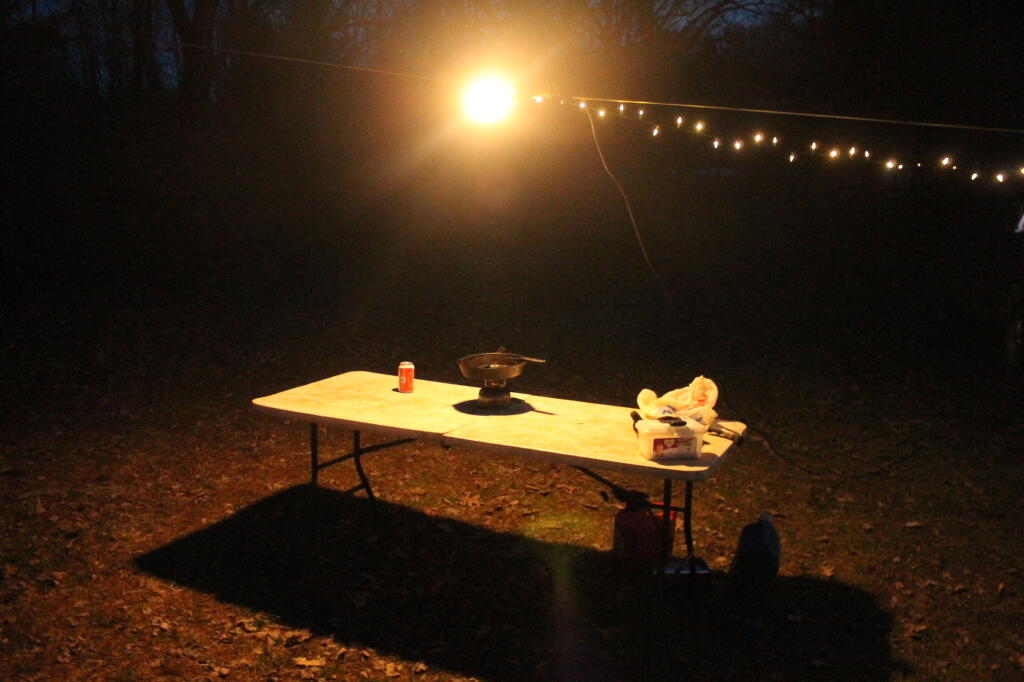From the 2010 Census we get a good look at what the population looks like in Upstate NY. Upstate cities’ population was intentionally “bunched” together in reds to emphasize the difference in population, in the more suburban and rural communities surrounding the cities. If I had used absolute population coloring state wide, the rural countryside would be solidly blue, while upstate cities and largest suburbs would be orange, with only New York City being pink.

As towns across the state vary some what in size, looking at population density is more accurate. That said, be aware how I “grouped” colors together to emphasize the difference in rural population, at the cost of merging vast differences in urban populations to shades of red and pink.
Notice the dark blues in the Adirondack and Catskill Parks, some representing large areas of state lands, others representing a lack of economic opporunity. Large areas of the upland Central Letherstocking Region, and Allegheny Plateau are also sparsely populated due to a lack of jobs, little agriculture due to poor upland soils, and large parcels of state land due to abandoned upslope farm land.
Indeed, a much of the modestly populated area in Mohawk Valley through the Buffalo-Niagara region, is called the state’s “Farm Belt”, with large amounts of agricultural activity — aka CAFOs and other large and highly productive dairy farms — on going due to large flat lands, with rich soil. Farming helps keep populations higher in those areas, as does reminence of the former industrial economy and connection the major upstate cities. Modern dairy farming is unproductive in other regions of state, except in alluvial valleys. Dairy farming regions of state, are typically have populations between 75-150 persons per square mile.

The New York State Towns and Cities, ordered by size, then graphed on a population curve. It’s a pure J curve.

A few years back I happened to visit the Citizens Environmental Coalition headquarters when they where pushing to ban burning of household garbage and other farm waste in rural areas in towns with populations less then 20,000, which was legal in many communities prior to 2009 action taken by administrative fiat by Governor Paterson on the urging of a certain NYPIRG lobbyist. They had something similiar to this map (they also excluded small cities and villages which I did not), showing that over 80% of the state it was legal — at least unless their was local laws prohibiting it. Most of Upstate NY could participate in this proud and smelly hick tradition!
Most of Upstate NY is included in this map as being in municipalities less 20,000. It’s quite remarkable to think how few towns in Upstate are actually larger then 20,000 and how directly representive many local governments are to their people — at least if the public chooses to get involved. It’s over 80% of the area in Upstate has populations less then 20,000.

And if we drop that number down to 5,000, you’ll find still 74.08% of state’s landmass is covered by towns less then 5,000 persons. That’s pretty remarkable. There are 1.3 million people who live in those 639 little hick towns in NY State, covered by forest lands and farms. While I don’t have block-sized population data for entire state, you can imagine most of that population probably lives in small towns and villages, and only a smaller minority lives spread out in the countryside.

Still, raw population of mucipalities is not a very good predictor of the rural nature of a town. It might mean consituents of a small town have access to their local government officials, but it does not neccessarly mean that town is spread out. In contrast, if you look only at towns with average land per capita, exceeding 10 acres, you get a good view of truly rural communities. Now, people in rural towns with 10 acres a piece do not all have to own 10 acres individually, but it does mean such towns have a lot of farming or forest activites going on, and many people are very well spread out. It’s a lot of Upstate NY, outside of cities and Mohawk-Niagara farm belt.

And for the Capital Region, showing except for the city, there is a lot of open forest and farm land.

… Upstate New York is very rural.






